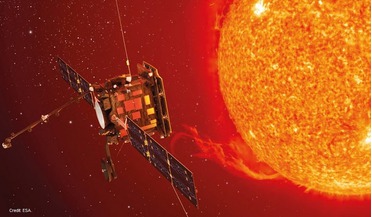 June 2015
Ultimate sunbather: NASA and ESA collaborate on Solar Orbiter
June 2015
Ultimate sunbather: NASA and ESA collaborate on Solar Orbiter
... assembly phase in a clean room environment including constant nitrogen purging of the instruments right through to launch. The Solar Orbiter mechanical and thermal model in the clean room at the test facility in Germany. Careful thruster placement...
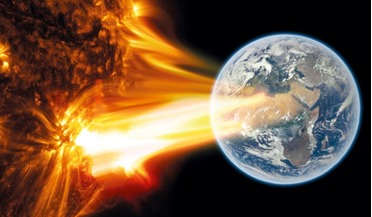 January 2019
Saving humanity – is space up to the job?
January 2019
Saving humanity – is space up to the job?
...thermocouple to act as a discriminator between the sunlit and dark side of the Moon, so producing energy on an ongoing basis. Solar cell or quantum dot power generation could produce energy with high efficiency, especially in the ultraviolet spectrum...
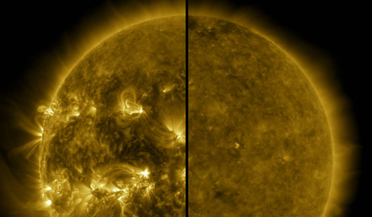 16 September 2020
The Sun enters a new cycle and will reach a peak in 2025
16 September 2020
The Sun enters a new cycle and will reach a peak in 2025
... Observer for the Response of the Magnetosphere (STORM); HelioSwarm: The Nature of Turbulence in Space Plasmas; Multi-slit Solar Explorer (MUSE); Auroral Reconstruction CubeSwarm (ARCS) and Solaris: Revealing the Mysteries of the Sun’s Poles. The...
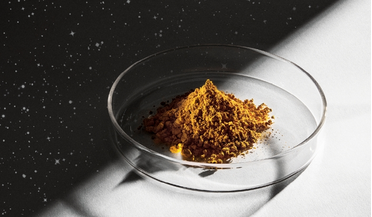 January 2023
Producing food in space
January 2023
Producing food in space
...need in the vacuum of space. In order to go further into the solar system, humanity has to find a way to make food on board ... amounts of mineral nutrients to grow in a bioreactor. Solar Foods has also designed a Solein production unit concept that...
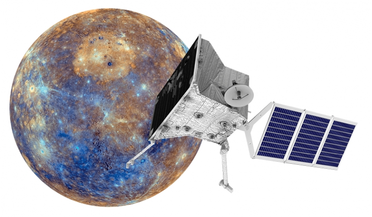 June 2017
Bepi-Colombo will unveil Mercury’s secrets
June 2017
Bepi-Colombo will unveil Mercury’s secrets
... and understand how exactly it is released. The spacecraft will be powered by a single-sided, three-panelled solar array that uses Optical Solar Reflectors (OSRs) for temperature control and can provide up to 1000 W of electrical power during full...
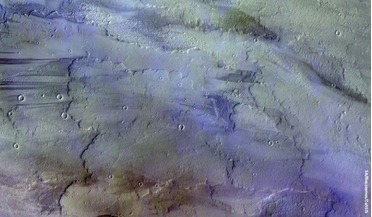 January 2018
When it comes to water Mars may not be the promised land
January 2018
When it comes to water Mars may not be the promised land
... unique to Mars and not seen elsewhere in the solar system. The giant impact also triggered the internal dynamo...by basaltic sands of volcanic origin transported by the wind. The solar arrays on NASA’s InSight lander are deployed in this test inside ...